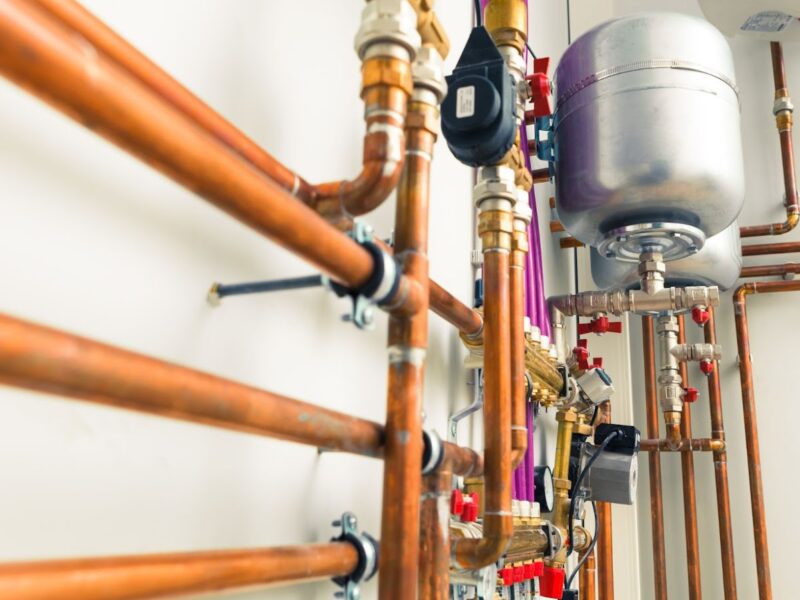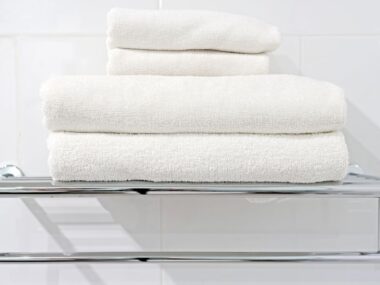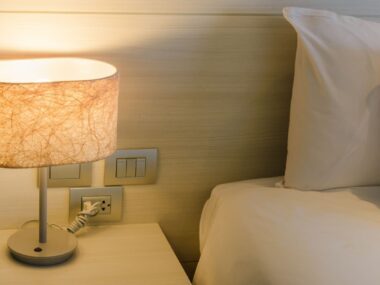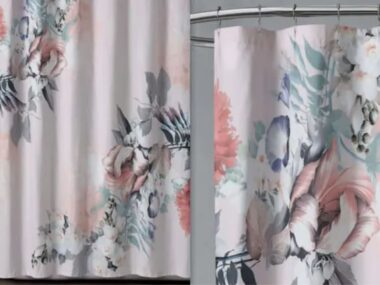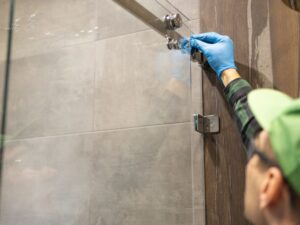There are three main types of copper pipe: rigid copper, flexible copper, and copper-plated steel. Rigid copper is the most common type of pipe used for plumbing. It is easy to install and has a long lifespan.
Flexible copper is often used in applications where there is limited space, such as behind walls. Copper-plated steel is less common, but can be used in some instances where rigid copper is not suitable.
Type m vs type l copper pipe
Type M and Type L copper pipe are the two most common types of rigid copper pipe used in plumbing. Type M is thinner than Type L and is often used in residential applications. Type L is thicker and is typically used in commercial applications.
Types of copper piping
There are three main types of copper pipe: rigid copper, flexible copper, and copper-plated steel. Rigid copper is the most common type of pipe used for plumbing. It is easy to install and has a long lifespan. Flexible copper is often used in applications where there is limited space, such as behind walls. Copper-plated steel is less common, but can be used in some instances where rigid copper is not suitable.
Type M and Type L copper pipe are the two most common types of rigid copper pipe used in plumbing. Type M is thinner than Type L and is often used in residential applications.
How to solder copper pipe
Copper pipe is joined using a process called soldering. Soldering involves heating the pipe and fitting so that they melt together, forming a strong joint. A solder ring or paste is used to create a watertight seal. There are two main types of solder: lead-based and lead-free. Lead-based solder is cheaper and easier to use, but it can be harmful to your health if inhaled. Lead-free solder is more expensive, but it is safer to use.
To solder copper pipe, you will need a few tools: a soldering torch, lead-free solder, wire brush, and flux. The first step is to clean the surface of the pipe and fitting with a wire brush. This will remove any dirt or debris that could prevent the joint from being sealed properly. Next, apply flux to the surface of the pipe and fitting. This will help the solder to adhere to the metal.
How to join copper pipes with fittings
Copper pipe is joined using a process called soldering. Soldering involves heating the pipe and fitting so that they melt together, forming a strong joint. A solder ring or paste is used to create a watertight seal. There are two main types of solder: lead-based and lead-free. Lead-based solder is cheaper and easier to use, but it can be harmful to your health if inhaled. Lead-free solder is more expensive, but it is safer to use.
To join copper pipes with fittings, you will need a few tools: a soldering torch, lead-free solder, wire brush, and flux. The first step is to clean the surface of the pipe and fitting with a wire brush. This will remove any dirt or debris that could prevent the joint from being sealed properly. Next, apply flux to the surface of the pipe and fitting. This will help the solder to adhere to the metal.
